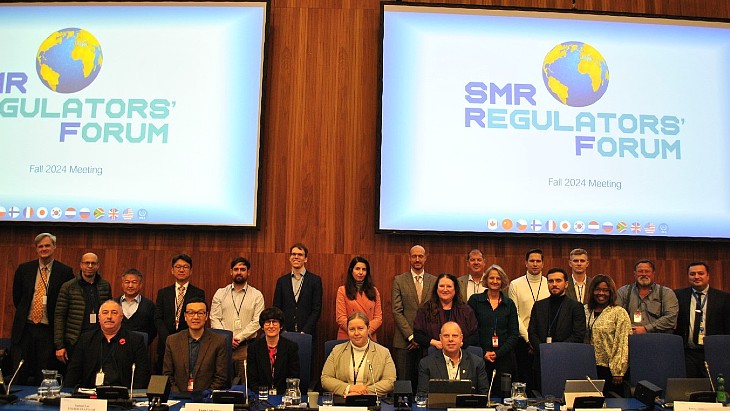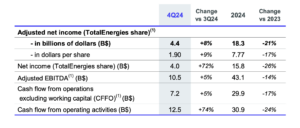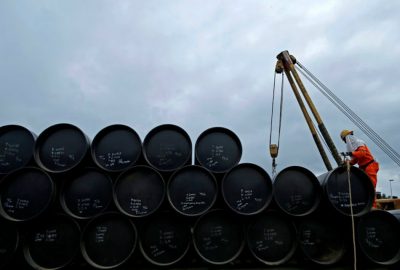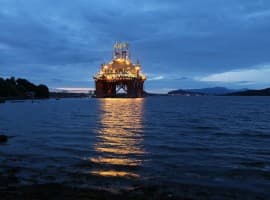Wednesday, 8 January 2025
_39469.jpg)
India and the USA signed a civil nuclear cooperation agreement (also known as a 123 Agreement) in 2008, after India – which is not a signatory of the international Nuclear Non-proliferation Treaty (NPT) – reached a safeguards agreement with the International Atomic Energy Agency. Kovvada, in Andhra Pradesh, was earmarked for the construction of six AP1000 pressurised water reactors as long ago as 2016, but contractual arrangements have yet to be finalised.
“Although former President Bush and former Prime Minister Singh laid out a vision of civil nuclear cooperation 20 years ago, we have yet to fully realise it,” Sullivan said during a speech at the Indian Institute of Technology Delhi. “But as we work to build clean energy technologies, to enable growth in artificial intelligence, and to help US and Indian energy companies unlock their innovation potential, the Biden administration determined it was time to take the next major step in cementing this partnership.”
He said the US government was now taking steps to end restrictions on Indian nuclear entities.
“This is a statement of confidence in the progress we have made – and will continue to make – as strategic partners, and as countries who share a commitment to peaceful nuclear cooperation,” Sullivan said. “And it is the result of India’s open and transparent engagement with our Administration over the course of the past four years, which has enabled this new chapter to move forward.”
Sullivan was speaking at an event jointly organised by the I-Hub Foundation for Cobotics and the Technology Innovation Hub of the Indian Institute of Technology on 6 January. During his two-day trip to India, he also met with Prime Minister Narendra Modi and India’s National Security Adviser Ajit Doval.
The USA had placed restrictions on more than 200 Indian entities after India tested nuclear weapons in 1998, but many have been taken off the list over the years as bilateral ties evolved, an Indian official told Reuters, requesting anonymity. It reported that the US Department of Commerce’s list currently includes at least four entities of India’s Department of Atomic Energy, and some Indian nuclear reactors and nuclear power plants.
India’s nuclear liability regime has been a stumbling block for overseas nuclear power plant vendors. India in 2010 passed legislation making nuclear plant operators – and not vendors – primarily liable for any damage caused in the event of an accident up to a certain limit, but an operator could still have legal recourse to the supplier with no upper limit set on supplier liability.
The Nuclear Suppliers Group (NSG) is a group of nuclear supplier countries that contributes to the non-proliferation of nuclear weapons by controlling the export of materials, equipment and technology that could potentially be used in their manufacture. All of its members, unlike India, are signatories of the international Nuclear Non-proliferation Treaty (NPT). Measures including a comprehensive specific safeguards agreement with the International Atomic Energy Agency, an exception under NSG rules and a round of bilateral nuclear cooperation deals have enabled India to play an increasing part in the international nuclear marketplace.
India applied to join the NSG in May 2016, and the USA has previously pledged to work towards its entry into the group.













